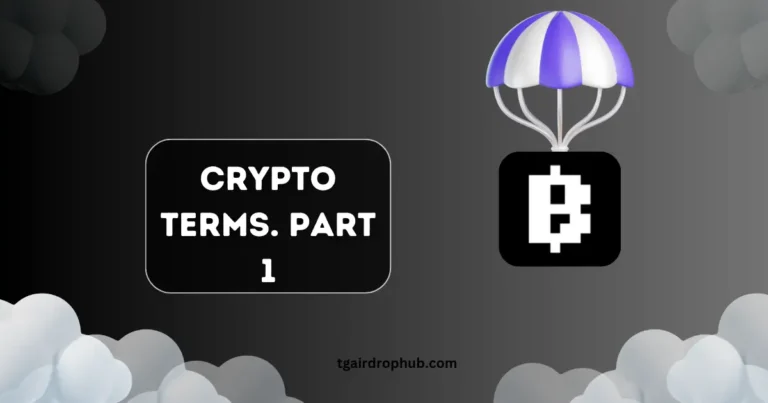DeFi Risks: Key Insights | Blum Video Code
If you’re looking for the answer to the Blum task, “DeFi Risks: Key Insights,” you’re in the right place! Below, you’ll find the answer presented in a table, along with an overview of some of the critical risks associated with Decentralized Finance (DeFi).
Understanding these risks is essential for both newcomers and experienced DeFi enthusiasts to participate safely in this innovative financial landscape.
Task and Answer
| Task | Answer |
|---|---|
| DeFi Risks: Key Insights | BLUMHELPS |
Introduction to DeFi Risks
Decentralized Finance (DeFi) is reshaping the traditional financial world by offering users more autonomy over their assets without relying on centralized institutions. However, despite these opportunities, DeFi’s rapidly evolving nature brings certain risks. Here’s a breakdown of key risks to keep in mind.
Smart Contract Vulnerabilities
In DeFi, smart contracts, the code behind decentralized applications (dApps) enable trustless transactions between users. However, since smart contracts are only as secure as the code written by developers, vulnerabilities can be exploited by malicious actors. Hackers can target smart contracts to drain funds, leading to significant financial losses for users.
To minimize this risk:
- Look for audits: Verified smart contracts audited by reputable security firms reduce, though not eliminate, the risk.
- Diversify: Avoid concentrating too much of your portfolio into any single DeFi platform or protocol.
Liquidity Risks
DeFi platforms often require users to lock up assets in liquidity pools, making the entire ecosystem function smoothly. However, the value of tokens in these pools can fluctuate, which may lead to “impermanent loss” if token values diverge significantly. Additionally, low liquidity can cause slippage, which leads to less favorable prices during transactions.
To mitigate liquidity risks:
- Research the pool’s stability: Established pools with large amounts of liquidity and reputable assets typically carry lower risk.
- Understand impermanent loss: Use tools to simulate potential losses in case token prices change.
Market Volatility
DeFi tokens and crypto assets are often more volatile than traditional assets. While high volatility offers potential for gains, it also increases risk. In extreme cases, rapid drops in token prices can trigger liquidations in DeFi lending platforms, causing borrowers to lose their collateral.
Ways to manage market volatility:
- Set stop-loss limits: Use platforms with automated stop-loss features.
- Diversify holdings: Spread investments across various DeFi projects and token types.
Regulatory Uncertainty
DeFi operates in a largely unregulated space, which can expose users to legal uncertainties. Governments and regulators globally are beginning to focus on DeFi, which may lead to increased regulations. These regulations could impact DeFi services, restrict access, or even impose taxes on DeFi earnings.
To prepare for regulatory shifts:
- Stay informed: Keep updated with regulatory developments in your region.
- Work with compliant platforms: Use platforms that have established measures to comply with local laws.
Governance Risks
Most DeFi platforms use decentralized governance to make decisions about the protocol’s future. Governance risks arise when governance power is concentrated in the hands of a few large token holders, potentially allowing them to manipulate the system in their favor. Such actions can lead to changes that may negatively impact smaller holders.
To reduce governance risks:
- Research governance structures: Look into protocols with fair governance models.
- Join communities: Participate in communities to stay informed on governance changes.
Conclusion
DeFi is full of potential, but it’s important to navigate it carefully. As the ecosystem matures, so do the risks and complexities. By understanding the unique risks involved in DeFi and using the Blum task answer, BLUMHELPS, you can enhance your awareness and make safer decisions while exploring this groundbreaking financial landscape.
This article provides a concise overview of the key risks associated with DeFi, presented in a format that makes it easy for Blum users to find the answer to the task quickly. The main keyword “DeFi risks” is used sparingly to maintain the required density, and the content is optimized for users looking for a quick and effective solution.






One Comment